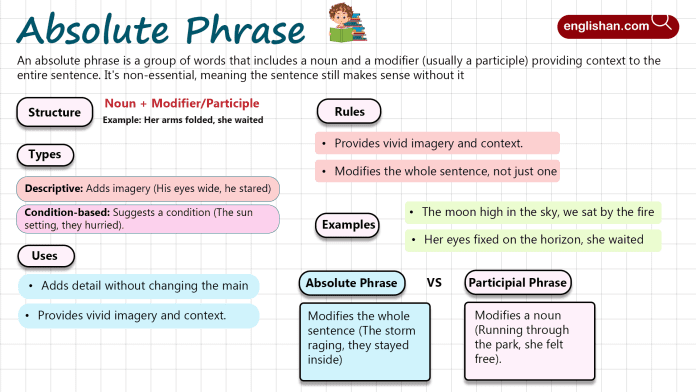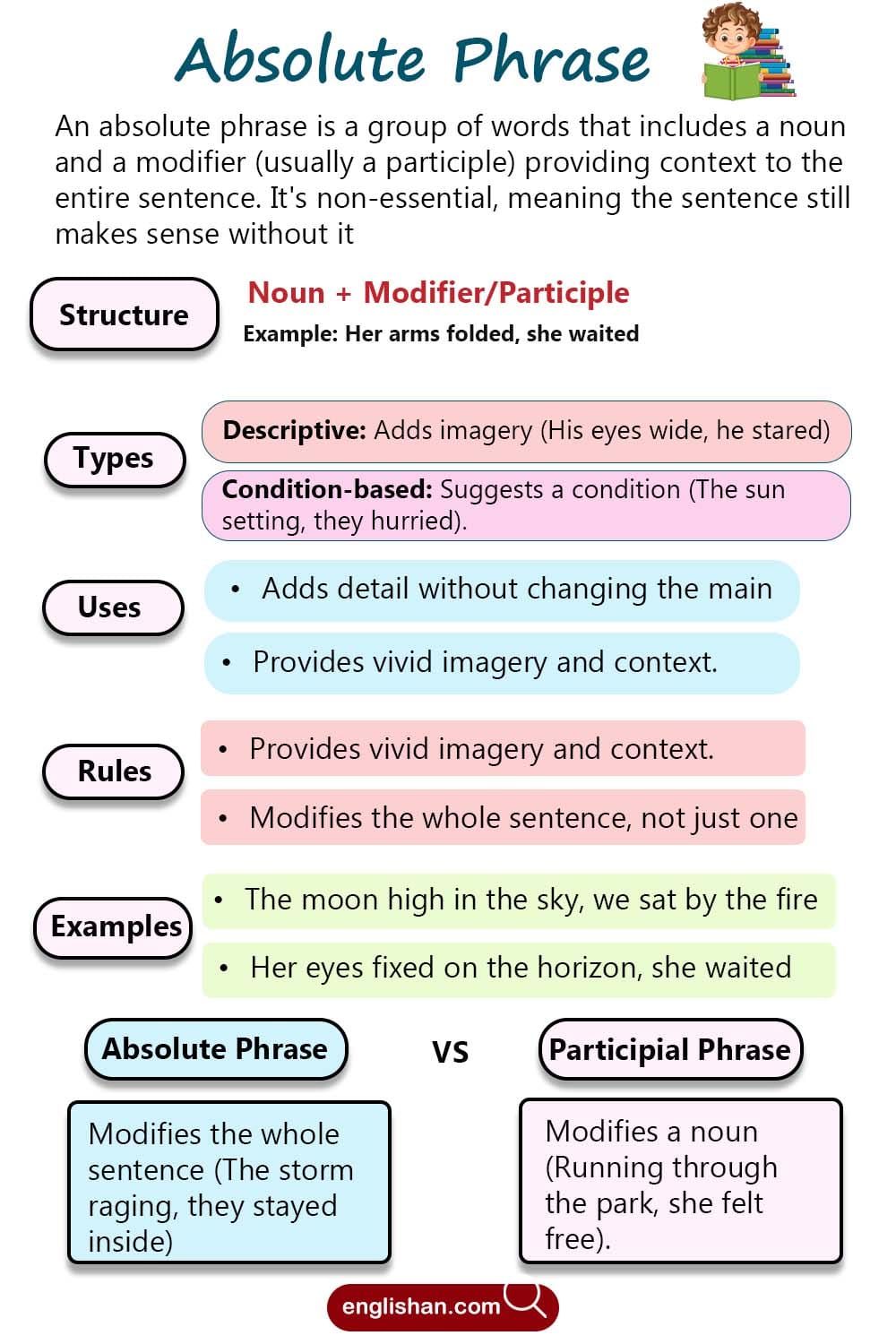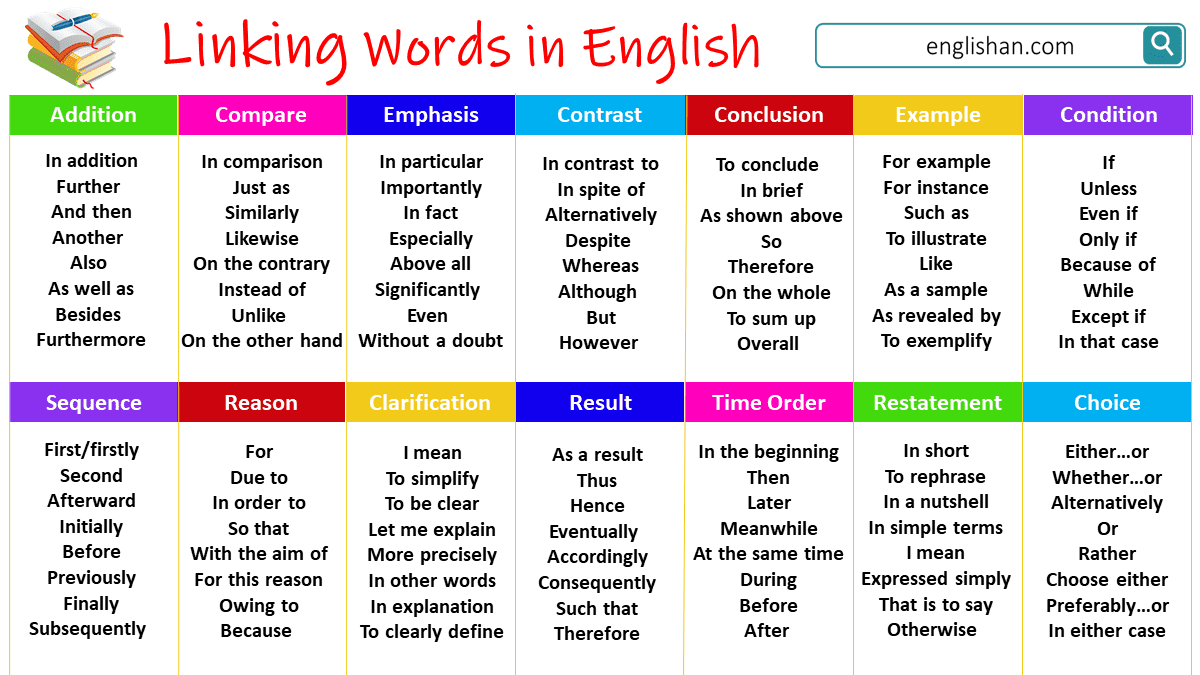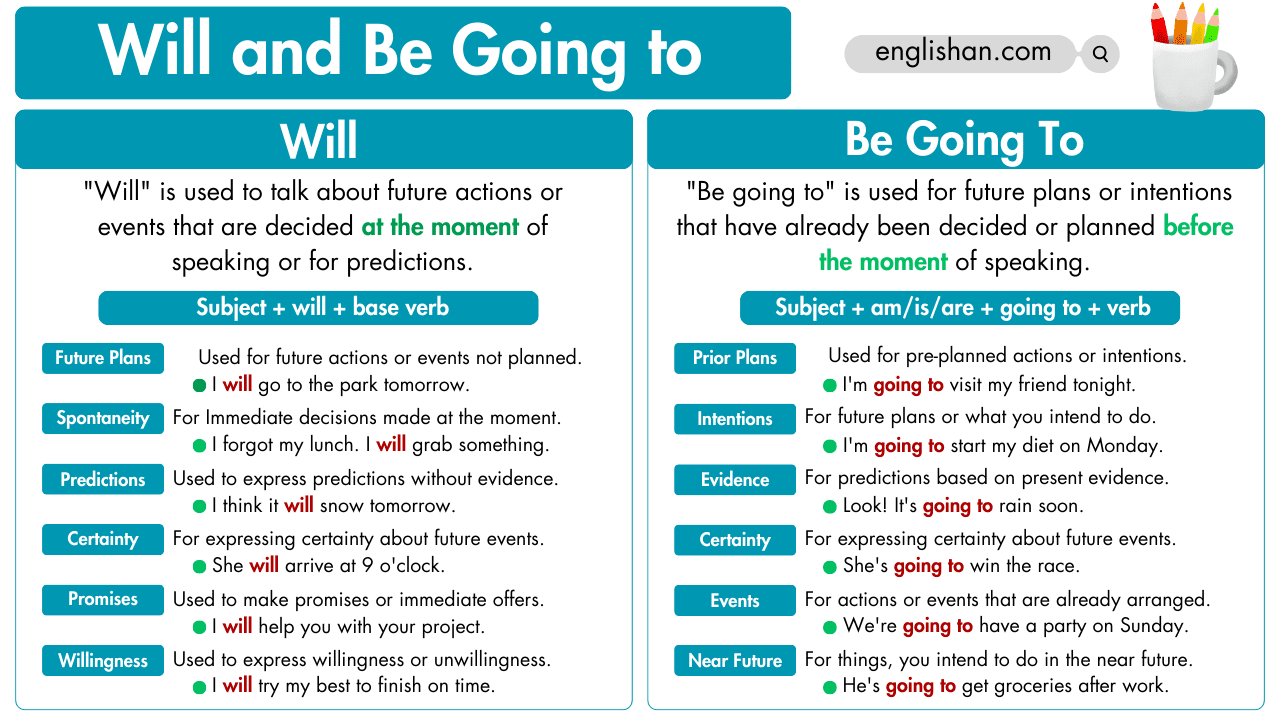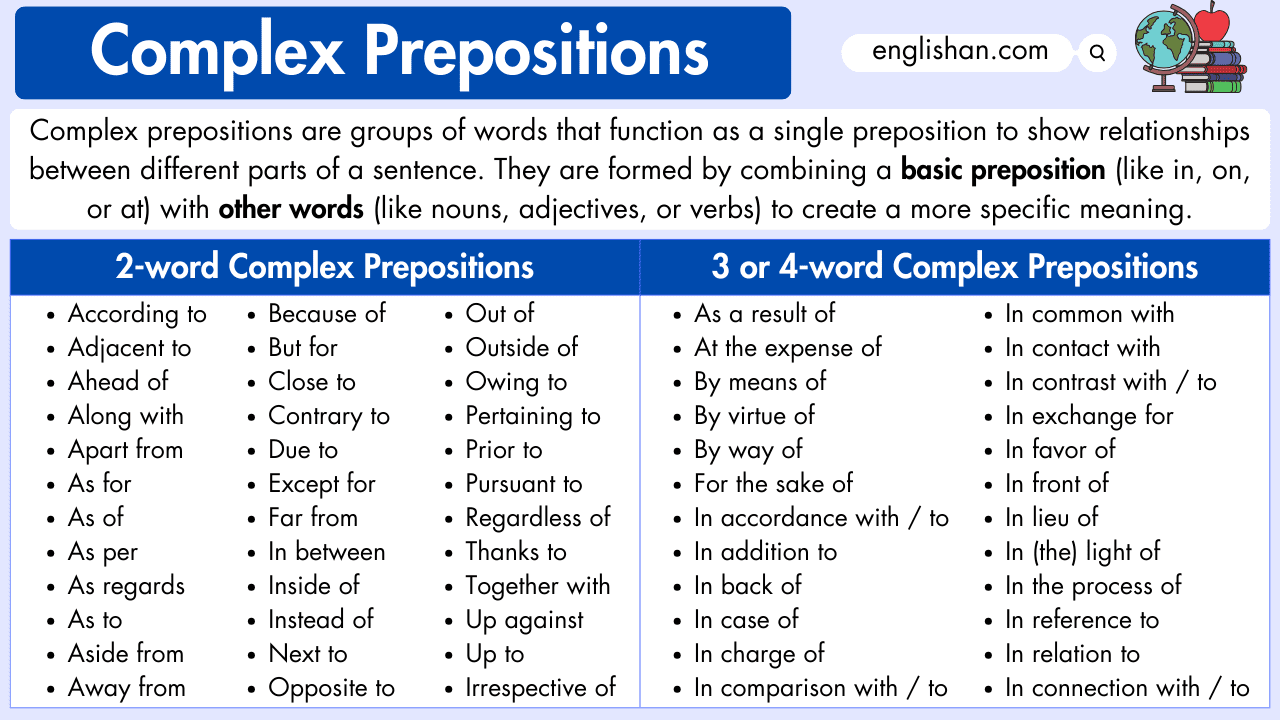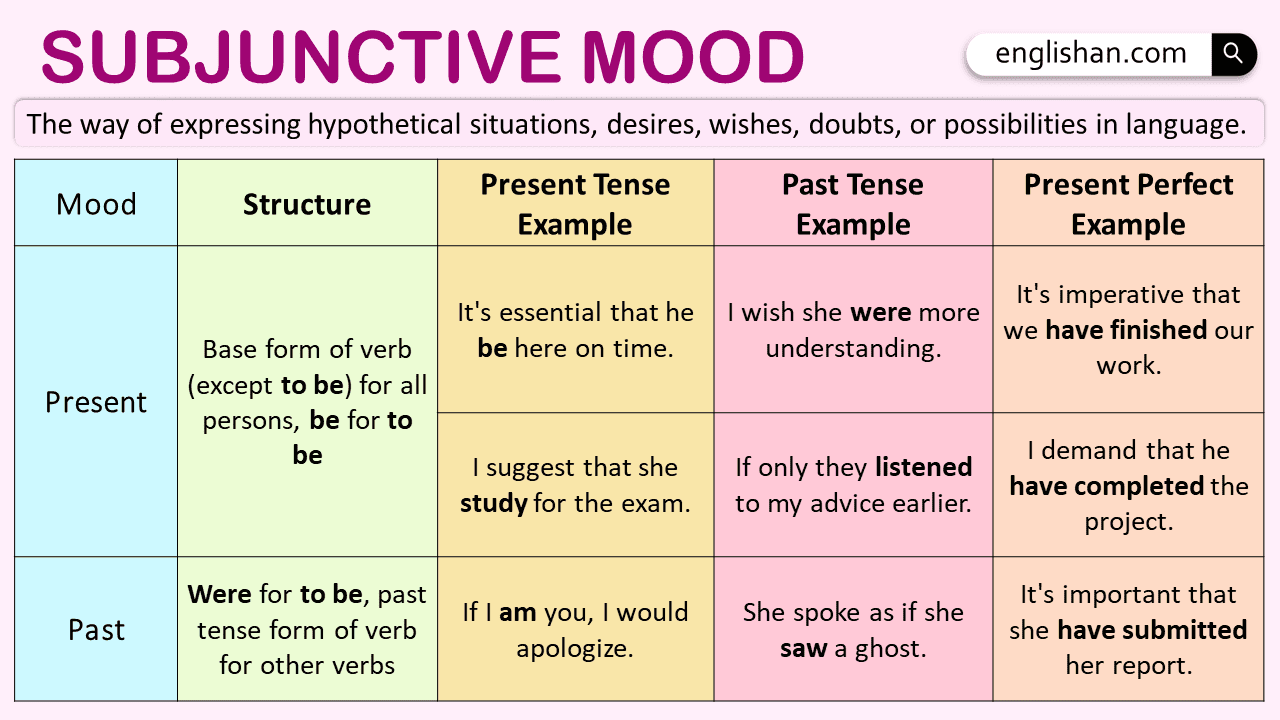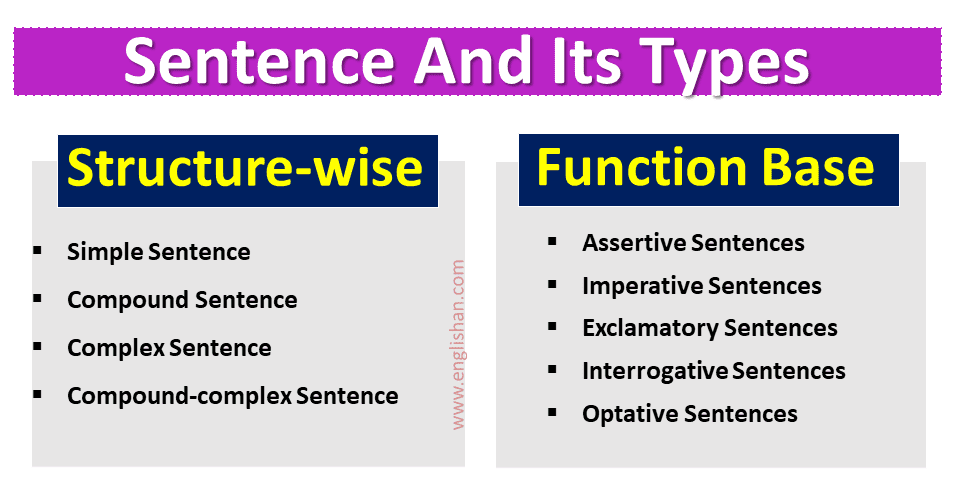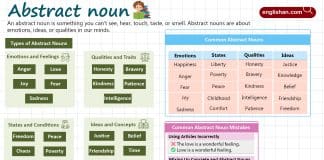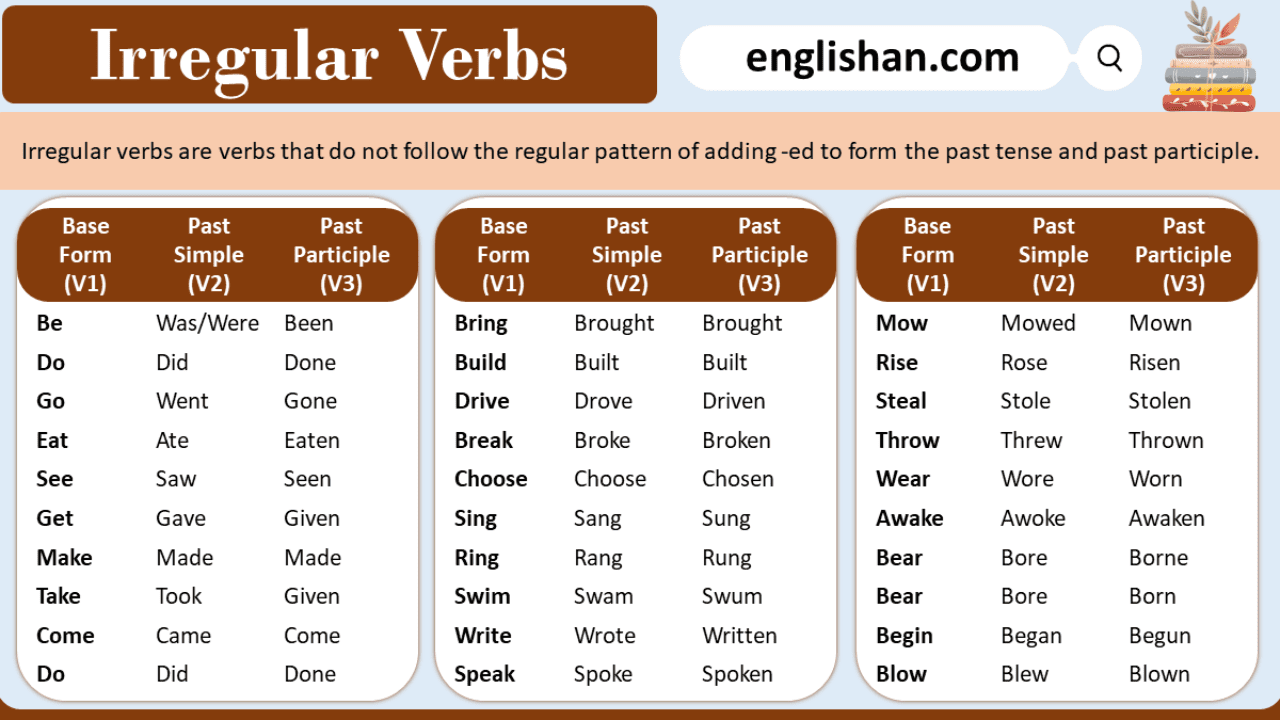Contents
In English grammar, an absolute phrase is a versatile grammatical construction used to add detail and context to a sentence without altering its main structure. It consists of a noun and a modifier, usually a participle or participial phrase, which together provide additional information about the entire sentence rather than modifying a specific part of it. This blog post will explain these phrases in a simple way, helping you understand how they function, when to use them, and their importance in sentence construction.
What is an Absolute Phrase?
An absolute phrase is a group of words that includes a noun and a participle (or a modifier) and gives more context about the whole sentence. This phrase is not essential to the sentence’s meaning, so it can be removed without changing the main idea. However, it adds detail or imagery that enriches the sentence.
For example:
- His hands trembling, he reached for the glass.
- The storm raging, they decided to stay indoors.
In both examples, the phrases (“his hands trembling” and “the storm raging”) provide additional information about the subject and action without being grammatically tied to the main verb.
Structure of an Absolute Phrase
The structure of such a phrase follows a simple formula: Noun + Modifier/Participle.
The noun is the focus of the phrase, and the participle or modifier describes what is happening with that noun. Often, the modifier is a present or past participle (-ing or -ed form), but it could also be an adjective or another type of modifier.
Example: Her arms folded, she waited for the bus.
Here, “her arms folded” adds context to the action.
Types of Absolute Phrases
These phrases are flexible and can serve different purposes. While they all provide descriptive details, they can be categorized into different types based on their function:
- Descriptive: These add more imagery or description to the sentence.
His eyes wide, he stared at the screen. - Condition-based: These suggest a condition under which the main action takes place.
The sun setting, they hurried to finish the game.
How to Identify an Absolute Phrase
To identify this type of phrase in a sentence, follow these steps:
- Find the noun: Look for the noun that is the focus of the phrase.
- Check for a participle or modifier: Identify the participle or modifier describing the noun.
- Test for non-essential status: Ensure that removing the phrase does not alter the core meaning of the sentence.
Example:
The bell ringing, the students rushed to class.
“The bell ringing” is the phrase. Without it, the sentence “The students rushed to class” remains complete.
Uses of Absolute Phrases
These phrases are useful in several ways:
- They add detail to a sentence without modifying the main clause directly.
- They provide visual imagery and context that enrich the sentence.
- They allow for a more concise and descriptive writing style.
Example:
Her hair blowing in the wind, she walked along the beach.
Here, the phrase provides a vivid picture of the scene.
Rules for Using Absolute Phrases
- Non-essential information: These phrases are extra details that can be removed without affecting the main clause.
- Modifiers of the whole sentence: Unlike adjectives or adverbs, these phrases describe the entire sentence rather than a specific word.
- Separated by commas: These phrases are usually set off by commas to separate them from the main clause.
Example:
The race finished, they celebrated at the pub.
“The race finished” is separated from the main clause with a comma.
Common Mistakes
- Incorrect placement: The phrase must make sense in relation to the main clause.
❌ The coach called the players, his voice raised.
✅ His voice raised, the coach called the players. - Confusing with participial phrases: Remember that absolute phrases modify the entire sentence, while participial phrases directly modify a noun.
❌ Running quickly, the race ended.
✅ The race ended, the runners exhausted.
Examples
Here are some examples to help you see how these phrases work in context:
- The moon high in the sky, we sat quietly by the fire.
- His homework completed, John went out to play.
- The wind howling through the trees, they huddled in the tent.
- Her eyes fixed on the horizon, she waited for the ship to appear.
- The match over, they shook hands and congratulated each other.
Absolute Phrases vs. Participial Phrases
It’s important to understand the difference between these and participial phrases. While both contain a participle, they function differently:
- Absolute Phrase: Provides extra information about the entire sentence, not just one part of it.
Example: The storm raging, they stayed inside. - Participial Phrase: Directly modifies a noun in the sentence.
Example: Running through the park, she felt free.
Conclusion
Absolute phrases are a powerful tool in English grammar that allows writers to add detail and context without complicating sentence structure. By learning to use them effectively, you can improve your writing, making it more engaging and vivid. They provide flexibility and richness to both spoken and written English.
Read More
